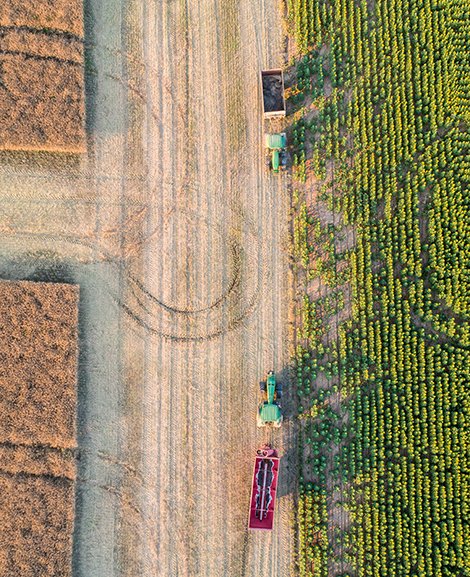Why are we running this project?
Climate, water, soil, air, and biodiversity are global commons at high risk of irreversible depletion due to unsustainable industry practices.
Increased global awareness on climate change and climate protection guidelines motivate more and more companies to set and measure emission reduction targets. As part of the Science Based Targets Initiative (SBTI), for instance, more than 600 companies have committed to reduce and offset their emissions in line with the objectives set out in the Paris Climate Agreement. However, when companies focus exclusively on CO2 savings, too little attention is paid to other key resources. Hence, companies wanting to protect other global commons besides the climate need additional measures and targets to track and verify their environmental footprint in terms of e.g., biodiversity, water, and land use.
How does the project work?
The Land Hub division of the Science Based Targets Network (SBTN) is developing a methodology linking climate protection, and sustainable development goals to land use. Practical indicators will enable interested companies to measure the impact of their corporate activities on land. For instance, agricultural businesses processing raw materials like soy, cotton, or palm oil, will be able to estimate how much land has been repurposed for their agricultural use. Based on this assessment, companies will be able to set realistic targets for reducing land consumption and their ecological footprint on land. Therefore, the Land Hub establishes and sets out global and local thresholds. With our grant we support the development of the global thresholds as well as multi-stakeholder dialogues on local threshold development, as part of a pilot project in Kenya.


